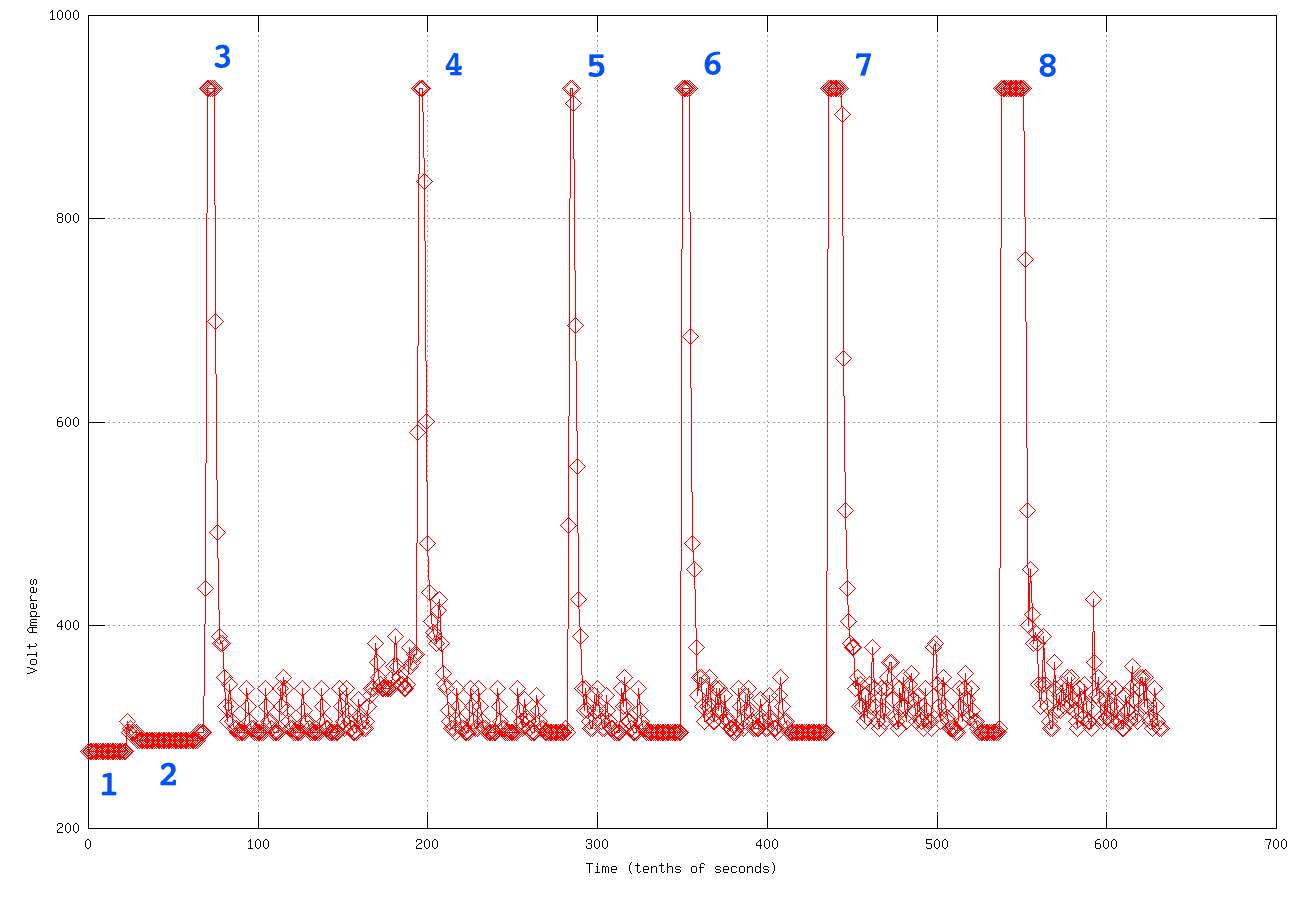you may not know whether either reflector gives you enough spread to cover your entire subject.
That's why the good companies tell you the beam spread of the light with the reflector, in this case even telling you to multiply the distance times .83 to get the diameter of the beam.
It's not just beam spread, but consistency across the beam. Few real world reflectors give you a perfectly consistent light with a hard edge. Invariably, the center of the beam is brighter, and trails out as your reach the edge. The "edge" normally isn't a hard edge, but the point where the light is dimmed past whatever standard the manufacturer uses.
A reflector with a bright center hot spot can easily give you a smaller rated aperture, than a reflector with same rated beam spread, but more consistent coverage.
If you are comparing the suggested f/stop, the reflector being used really does play a huge roll. Unless you are going to use that model reflector, the rating may not tell you very much about the light.
If Brand X gives you f/22 with their standard reflector, and Brand Y gives you f/16 with their standard reflector, you don't know which strobe puts out more light
This is correct, but it doesn't matter because you're not buying a $3 light bulb.
You're investing hundreds or thousands of dollars to buy the engineering expertise of the people who designed a system. Let's assume that everyone draws from the same parts catalog, more or less. The difference between systems is the level of creativity and expertise of the people who designed them.
So if you're choosing between two systems and your choices are Company A where the engineers have designed a monolight that weighs 10 lbs and delivers f/16 for $1000 and Company B where the engineers have designed a monolight that also weighs 10 lbs but gets you f/22 for $1000, then which one are you going to choose.
If the engineers really are all using the same pool of parts with similar technology, then you should expect lights with the same Watt-Second rating to put out about the same number of Lumen-Seconds. That estimate will certainly get you into the ballpark of which light puts out more lumen-seconds. Most 640Ws strobes are capable of a higher lumen-second output than most 320Ws strobes. What we really are concerned about is which puts out more light at the same power level, and that difference may be smaller than the difference due to testing methodologies or reflector design.
I have softboxes with easily changeable speedrings. If I want to know which strobe will give me the most light on my subject with my existing softbox, I look at the lumen-second output of the strobe. That's a simple and straightforward measure of light output, that's independent of the reflector.
Bottom line: There is NO mystery to the light output from strobes and that watt-seconds is useless except in a very broad sense. And, as you point out, the reflector you use can make quite a bit of difference.
...
What's the quick way of telling which puts out more light:
- f/22 + 1/10 with a rated 45° beam spread
- f/11+9/10 with a rated 80° beam spread with fairly consistent light coverage
- f/11+9/10 with a rated 80° beam spread with a hot spot in the middle of the coverage
The answer is that you don't have enough information as to the consistency of the 45° reflector, nor whether the f/stop was measured at the center, midway to the edge, or some sort of average.




